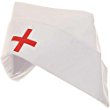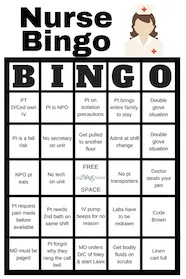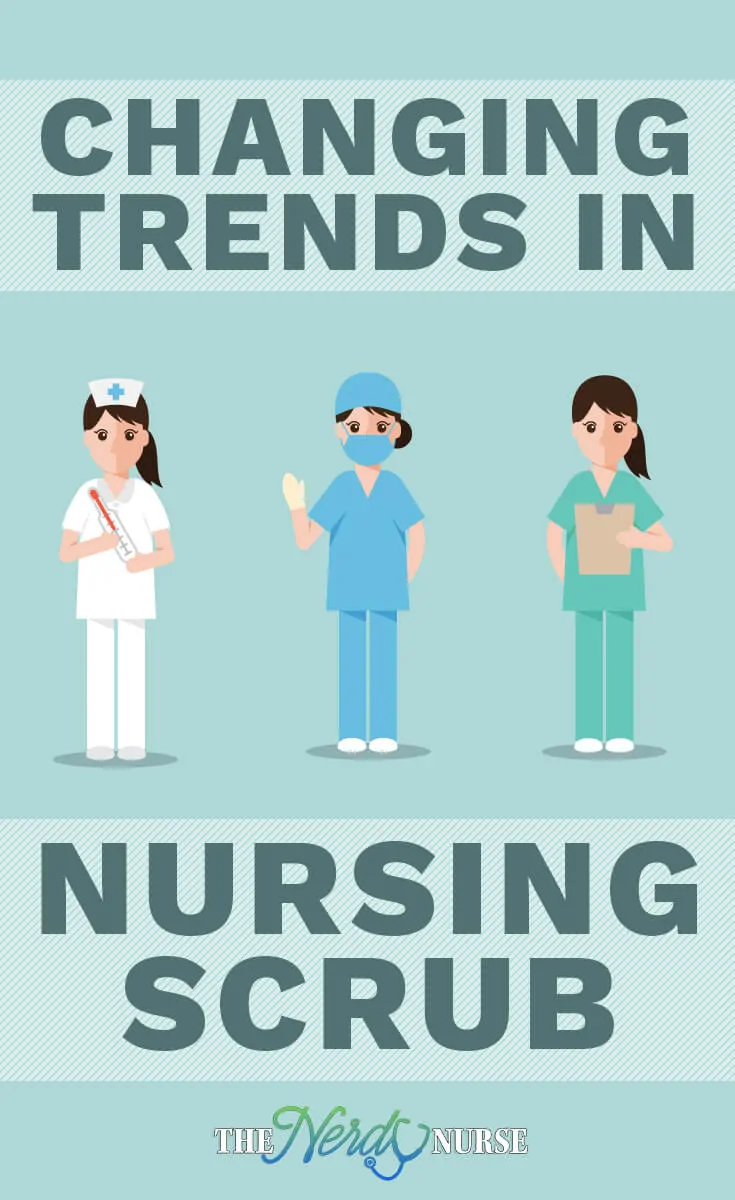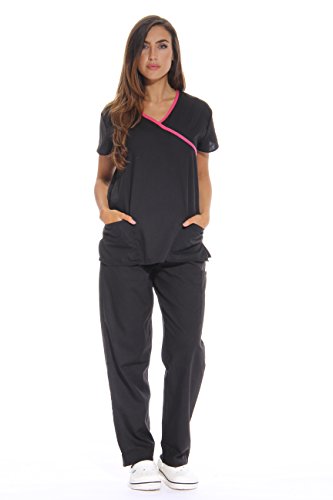By: Nitin Ajwani (Guest Blogger)
Changing Trends in Nursing Scrubs
Today many health specialists, especially nurses, are featured with a solitary work wear throughout the medical wards in the hospitals and various clinics. In the beginning of 80’s, the nursing scrubs were almost always a simple white dress.

Over the 90’s many nurses begun to adopt scrubs. The trend caught on, and quite a few of nurses began to prefer to wear nursing and medical scrubs rather than old traditional white, starched attire.
With the changing trends, many medical doctors and nurses prefer to wear scrubs as the due to their increased comfort and possibly to look more professional.
Scrubs offer advantages in comfort, convenience and supply. In addition to the fact that they are easily to clean, the variety of colors and styles permits nurses and other healthcare professionals to be individuals and express themselves.
Many nurses’ scrubs could even be considered stylish or trendy, and consequently, nurses enjoy wearing them. These days nurses uniforms have the ability to customize their wardrobe with a variety of patterns, colors and styles.
The contributions of many different companies yield a wide selection of scrubs in vivid colors, and patterns that stand out among the crowd. The ability to practice nursing and make a fashion statement can be combined.
For more posts about nursing scrubs, check out these:
Nursing Gear
Caribbean Blue Scrubs
Cheap Scrubs
Best Scrubs
Plus Size Scrubs
Download Nurse Bingo Today!

Liven up any shift with a fun game of bingo. See who can fill a row first!
Fill a whole card and lose grip with reality.
Your privacy is protected. We will never spam you.






Great Blog!! Your blog on quick glance at the changing trends in nursing scrub is really very good. Nursing scrub have changed a lot and this change gives stylish touch to the nursing uniforms. Srubs offer advantages in comfort, convenience and supply.
I was glad to see a POSITIVE article on RN’s wearing scrubs at work…I wore the classic white DRESS, white STOCKINGS and unbearable white nurses’ shoes for the first few years that I worked. Have you ever climbed under, over, onto, anything while wearing all white? Ever reached up to change an IV (in a glass container no less!) in white dress? To me, and to everyone of my generation, it was clearly a matter of “because we’ve always done it this way” and had nothing to do with common sense. And my generation fought it…..I hear that now the Ivy Tower types want this brought back….why??? A good, readable name tag with profession listed on it should be clear enough for most patients to read. Scrub clothes are far more comfortable, they are more useful for crawling, reaching, climbing, and all the other odd things we find ourselves doing…and running or walking shoes, preferably with a shoe cover provided by the hospital, are FAR more comfortable to wear for 8+ hours on one’s feet.
One thing I do disagree with is having nurses come to work, work all day, and go home again all in the same set of individual scrub clothes that they own. Most of my career was spent in the O.R. and we came to work in street clothes and changed into hospital supplied scrubs (which had been sterilized) and into our own shoes (but the shoes were kept in our locker at work, and not worn at home). This was reassuring to me as a mom: to know that no matter what “bugs” I’d been around at work, they stayed at work. (And vice versa).
Now it seems to be routine for RN’s to wear their scrubs from home, to work, and back again…ditto shoes. The scrubs are washed in their home laundry along with other clothes from the household, and of course, are not sterilized as hospital scrubs are. In the current era of drug resistant bacteria, I can’t see how RN’s and other medical professionals can overlook this concern.
I often see RN’s, Scrub Techs, Interns and Staff Physicians in the hospital cafeteria in their scrubs. It should be at least a basic rule that a white lab coat (or any other color as long as its changed daily!) should be worn on top of the scrubs. And the rules should apply just as much to the Head of the Physicians department as to some 20 yr. old new scrub tech!
Lastly, I have to say I have mixed feeling about the alcohol based, no water required, hand cleanser. It seems to me it gives people a false sense of security. Some studies have shown it increases various viruses and bacterias; most people do not use it for long enough or with enough friction. Whenever possible, washing hands with soap and water, and with friction, and for the length of time (as we were taught) for you to say—in your mind, hopefully!—–the alphabet or the “Happy Birthday” song.
Marie,
You bring up very valid points!
I agree that scrubs should stay at the hospitals and be cleaned by them. I am sure there is documentation out there a out infection control, and if enough of the higher ups realized the risks involved to patients and families by having people strut around in “dirty scrubs”, I think this would be a standard in more departments.
I often see people shopping for groceries, out to dinner, and other casual events in scrubs. I always wonder what type of nursing they do. You never know who’s been in a GI lab all day and performed various colonoscopies all day and then decides they need to go handle produce at the grocery store.
Just some food for thought.
Thanks for reading and have and very well thought out and interesting comment!
Scrubs certainly have changed! Thanks for the post!
Your blog is awesome! My sister is in the field and would love this I am gonna tell her about it 🙂
Thank you! This is actually a guest blogger so you didn’t even get a dose of the real nerd!